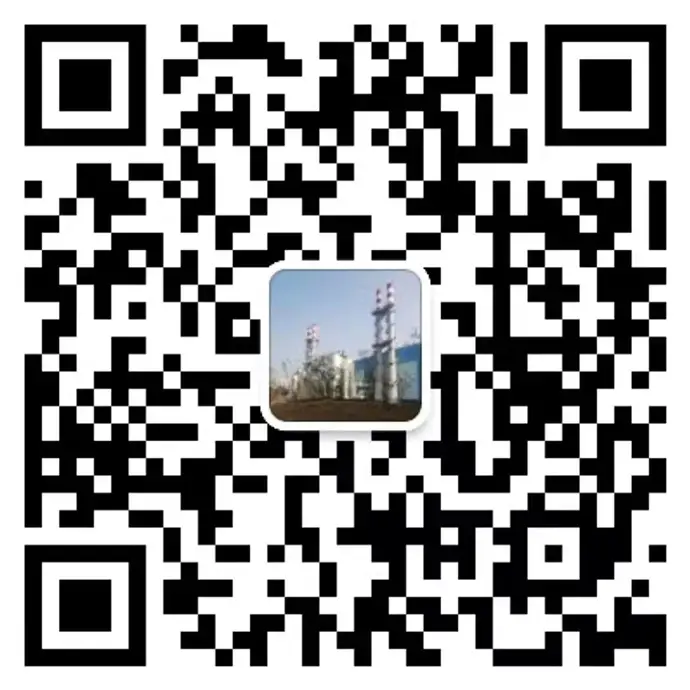Denitration technology after desulfurization
De marketing process after desulfurization
At present, for some existing desulfurization units without out of sale units, or for some old plants, the location of the original process system is limited, and the traditional out of sale process cannot be adopted, the forced oxidation urea reduction process can be adopted. The raw materials used in the process are oxygen (or ozone) and urea, and the reaction products are carbon dioxide, nitrogen and water. The waste liquid after denitration is recycled after supplementing urea, which does not produce waste water with secondary pollution, avoiding the problems of acid pollution, many side reactions and difficult recovery of by-products in traditional water washing method, alkali absorption method and other processes.
1、 The advantages of forced oxidation urea reduction (fo-ur) flue gas denitration technology are:
1. No catalyst is used in the flue gas denitration process, so there is no investment of catalyst and replacement cost in the use process, and the operation cost is relatively low;
2. The operating temperature is low and can operate stably at 50 ~ 70 ℃, avoiding the dependence of general flue gas denitration on high temperature (above 200 ℃).
3. The products generated after denitration reaction are N2, CO2 and H2O, and no secondary pollutants are generated.
4. The denitration chemical used in the denitration reaction process is urea, which is in solid form. Compared with other chemicals such as liquid ammonia required in the denitration process, it is safer and more environmentally friendly in the process of storage, transportation and use.
5. During the denitration reaction, the reaction conditions are mild and the equipment corrosion is small.
6. During operation, it can be adjusted at any time according to environmental protection requirements and nitrogen oxide content in waste gas, which is simple, safe, reliable and flexible.
2、 The technical principle is as follows: firstly, ozone is used to oxidize the high content of no in the flue gas of coal-fired boiler to generate NO2, so that the ratio of no and NO2 is close to 1:1, and then NO2 and no react with urea solution in the denitration tower to generate dischargable N2, CO2 and H2O.
Forced oxidation reaction
O3 + NO--------- == NO2+O2
Reduction reaction
CO(NH2)2 + NO2 + NO == CO2 + 3N2 + 2H2O
3、 The process flow is:
The flue gas from the outlet of the desulfurization absorption tower is first mixed with the ozone from the ozone generator through the positive displacement oxidizer, and then forcibly oxidized in the positive displacement oxidizer to adjust the oxidation degree of nitrogen oxides in the flue gas, and then enters the denitration tower I.
In denitration tower I, the flue gas containing nitrogen oxides is fully contacted with the urea solution countercurrent from the tower top through the filler in the tower, and reacts to absorb the nitrogen oxides in the flue gas and finally generate nitrogen, carbon dioxide and steam, so as to achieve the purpose of denitration.
The flue gas after primary denitration treatment is discharged from the top of denitration tower I and enters the next stage of treatment.
The flue gas discharged from the top of denitration tower I is forced to oxidize again, adjust the oxidation degree of residual nitrogen oxides in the flue gas, and then enter denitration Tower II.
In denitration Tower II, the flue gas containing residual nitrogen oxides still contacts and reacts with the urea solution countercurrent from the top of the tower in the packing layer, absorbs the nitrogen oxides in the flue gas again, and reacts them into nitrogen, carbon dioxide and steam. The flue gas after secondary denitration treatment is discharged from the top of denitration Tower II and can be discharged directly up to the standard.
4、 Absorbent process
As an absorbent, urea is first added to the urea dissolving kettle through metering, and then sent to the bottom of denitration tower I and II through the urea transfer pump after stirring and dissolving. Then, it enters different layers of the upper part of denitration tower through the urea circulating pump for spraying, and contacts with flue gas through the packing layer. The diluted urea solution after reaction enters the bottom of denitration tower, and then is transported to different layers of the upper part of denitration tower through the circulating pump for recycling. After urea solution circulates for a period of time, urea can be continuously supplemented through urea preparation tank according to different emission control requirements.
5、 Technical proposal description
1. This technology mainly adopts low-temperature non catalytic absorption and reduction technology, and the absorption and reduction agent is urea. Its dosage can be controlled by itself according to the requirements of environmental protection on nitrogen oxide emission concentration in different periods, so as to reduce the treatment cost.
2. The ozone required for the process is provided by the air source ozone unit. If the enterprise has the original air separation unit, the oxygen source ozone generator can be purchased.
3. With reference to the environmental protection requirements of different regions in different periods, this technology can ensure that after the improvement of environmental protection standards in the next few years, the emission level of less than 50mg / m3 can be reached when operating at full load.



